A5M Claudes
I only had one A5M Claude in my Japanese collection, (A5M4-K by Classic Airframes), so recently I built 2 Claudes from Wingsy Kits. This was my first experience with Wingsy Kits, and they are exceptional, a real pleasure to build. One is the A5M2b (Early) and the other is the A5M-4. I finished the A5M-2b with Tamiya AS-1 IJN Green and Mr. Color "Hemp". The A5M-4 was painted with MM Insignia Red and Alclad II Duraluminum with a few drops of Alclad clear yellow to mimic the yellow/gold tint that gives it the look of the protective lacquer the Japanese used on their NMF carrier planes to protect them from the salt air. Pretty much OOB except for the spinning props.
The A5M4-K trainer is Classic Airframes, built back in 2009, the Ka-14 is Fine Molds, built in 2020.
By mid-1935 the naval and air forces of the major powers began to replace biplane fighters with new all-metal cantilever monoplanes. It was believed that the Japanese only had backward factories and designers that mostly copied Western designs. The fallacy of this belief was revealed during the second Sino-Japanese War when a small, agile Japanese monoplane fighter that the West knew little about made it's debut.
The Main Directorate of Naval Aviation realized that their A4N biplane fighters would soon be obsolete. The Admiralty issued technical requirements for a new fighter and invited Mitsubishi and Nakajima to submit their designs. In February 1934 the superstar designer Jiro Horikoshi leading the Mitsubishi team designed the Ka-14, an all-metal cantilever inverted gull wing monoplane with a Nakajima Kotobuke 5 radial engine of 600 hp. The Ka-14 made it's maiden flight on February 4, 1935 and exceeded all requirements and expectations, and was the best performing aircraft ever produced at that time in Japan. The second prototype was improved some more and the inverted gull wing was replaced with a more conventional wing. In all, 6 prototypes were built and tested. The IJAAF also expressed interest, and a version designated Ki-18 was produced for testing, and was found inadequate. Two other prototypes designated Ki-33 were also built but were rejected, apparently because it was a “Navy” design, and the IJAAF went with the similar Ki-27 Nate.
The Ka-14 was faster and had a better rate off climb that the A4M-1 but lacked the maneuverability of the biplane. The older pilots preferred the A4M for that reason, but the new generation of pilots preferred the Ka-14/A5M. Another competitor to the A5M was the Nakajima Ki-11, which resembled the P-26 Peashooter so much that it was hard to distinguish the difference from a distance. The A5M outperformed the Ki-11 in all respects.
In the Summer of 1935 Minoru Gendi's squadron tested the Ka-14 and found it to be exceptional, but still lacked the maneuverability of the A4N. A proposal was made to keep both the A4N and Ka-14/A5M in service. The Aviation Directorate organized a training battle between the two models flown by the most experienced pilots They all became enthusiastic supporters of the Ka-14/A5M.
In the fall of 1936 the A5M Type 96 Model 1 went for more factory testing and modifications for carrier operations The first production model was the A5M-1, and 2 A5M-1s from the carrier IJN Kaga first engaged Chinese fighters on September 4, 1937, claiming 3 kills with no losses.
The A5M production run from 1936 to 1940 turned out 1100 planes, A5M-1, A5M2, A5M2b, A5M-3, A5M-4 including 103 examples of the A5M4-K two-seat trainer. The A5M itself soon became obsolete, but carried on in training roles and home defense until being replaced with the new A6M Zeros. Late in the war some surviving A5Ms were used in Kamikaze missions.
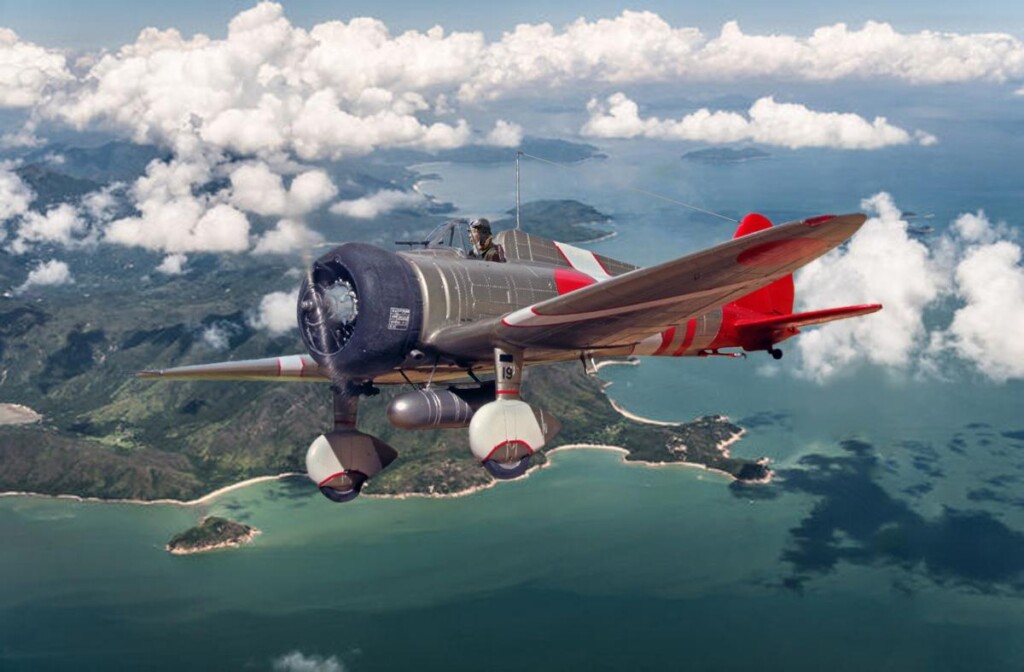













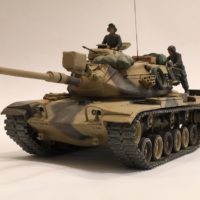
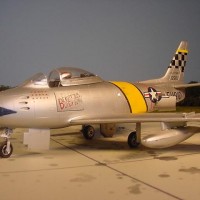
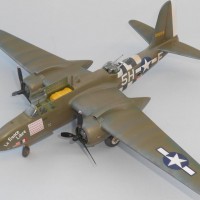
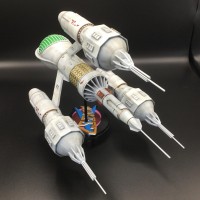
All are exceptional, Chas!
Loved the article, as well!
Great achievement on every single one, Chas @chasbunch
Having no experience with Wingsy Kits, but reading your positive experience with it, I'm eager to built one as well.
Beautiful work, getting the "gold Claude" right - that's not easy! (Ask me how I know) The other two are good too. You're a better man than I, finishing that A5M4-K; I pitched mine.
"Liked"
I really like the outdoor photographs, and the write-up made an interesting read, good post.
Hats off to you Chas! The are all beautiful. The “gold” one is especially stunning. Very nicely photographed too.
Beautiful work, Chas!
Beautiful NMF work, Chas and such attention to detail by adding the yellow protective finish. I have never seen the version with the closed canopy built before. Really great weathering on that one.
Nice work on all of these, especially the CA kit. They’re not simple builds.
Great looking Claude collection, very cool all of them. Always liked the canopied one.
As above nice group of Claudes!
Love them - I especially like the paint and weathering work on the 2b. Can you tell me what wash you used over that to highlight the rivets and panel lines? Now I have to add another Claude to my stash!
Hi Greg. I sprayed some different shades of green in a few spots after the AS-1, which I decanted and sprayed with my airbrush. Then I mixed up some water-based Windsor-Newton oils for the panel lines over a coat of Alclad Aqua Clear Gloss. Then a coat of flat clear. Then a little light brushing with some pastel chalk.
🙂 … Greetings … 🙂 :
Nice work and photo composition for them, thanks for sharing these photos Chas.